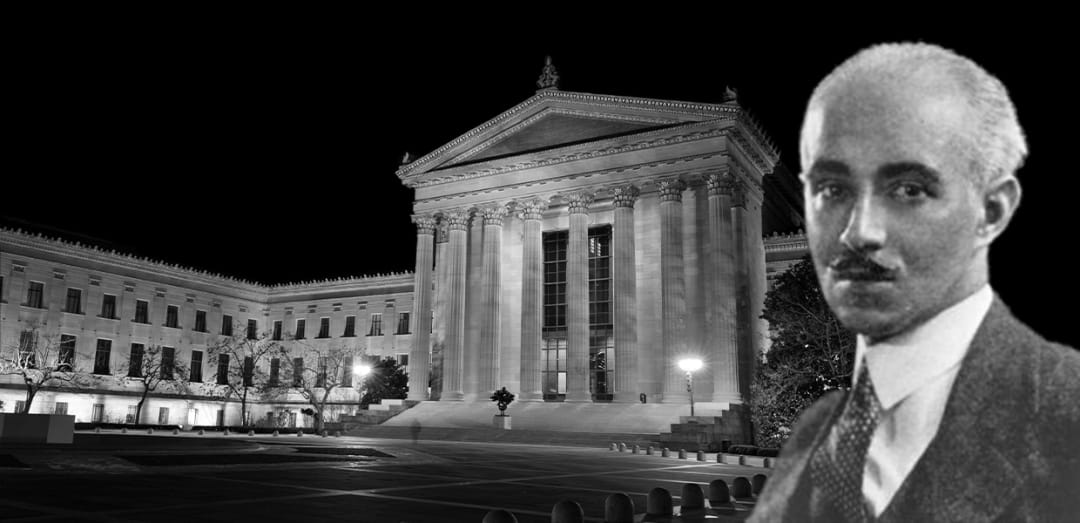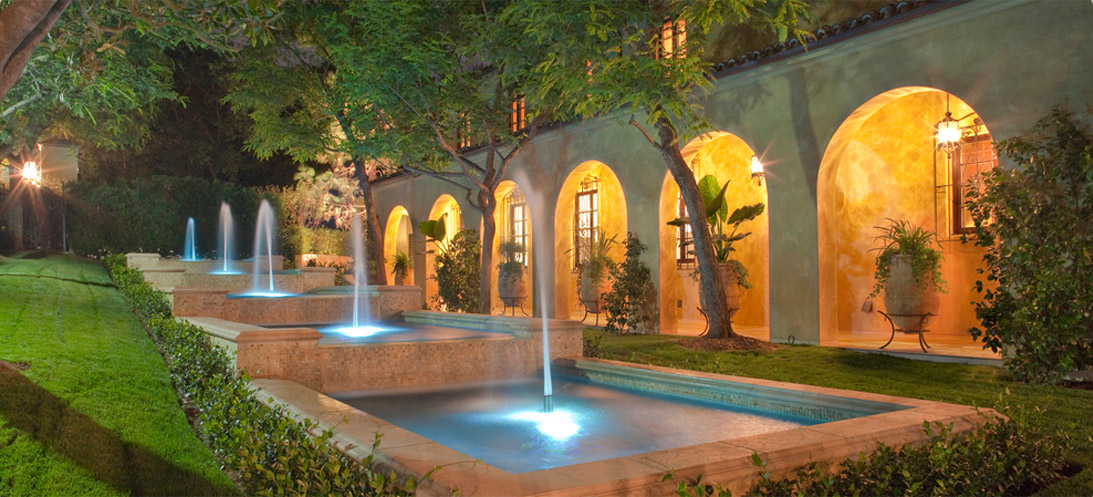
We continue to honor Black History Month in the world of design and architecture by celebrating the life of Black architect Julian Francis Abele. He was born on April 30th, 1881, in Philadelphia, Pennsylvania. His education included Cheyney University, where he did very well and showed an exceptional aptitude for mathematics. In 1898, Julian completed a prestigious drawing course at the Pennsylvania Museum School of Industrial Art, renamed the University of the Arts.
Julian Abele was the first Black student allowed to study at the Department of Architecture at the University of Pennsylvania. In 1902, he became the first Black graduate from the University of Pennsylvania.
As a Black architect, Abele accomplished so much in his life as a person, and as an architect, one wonders why we need to mention his skin color. The answer is simple; saying his skin color makes what he accomplished nothing short of a miracle. For example, although he was allowed to attend the University of Pennsylvania, he couldn’t use the cafeteria or live in the dormitory. There were obstacles everywhere, but he wouldn’t let them get the best of him.
When Abele was attending the Pennsylvania Academy of the Fine Arts, this ambitious student worked part-time for an architect. Back in the day, it was difficult for African-Americans to receive opportunities like this one. That’s the level of talent Julian Abele had.
In 1901, Abele won a competition to design a pedestrian gateway at Beaux-Arts. Abele’s talent was getting noticed by his peers, and he was referred to by the nickname “Willing and Able.”
In 1906, architect Horace Trumbauer, who sponsored Abele, hired him. This architectural firm was the largest, most prestigious architectural firm in Philadelphia. He started as an assistant to Frank Seeburger. Then when Seeburger left, Abele became chief designer; his position at the firm was very high. Abele was respected for all his accomplishments, too many to name, but here are a few: Duke University, Duke University Chapel, and the Philadelphia Museum of Art. This noted Black architect lent his genius to designing more than 400 buildings.
Abele stayed at the Trumbauer architectural firm until he died in 1950. He’s an inspiration to us all.
Photo Credit: aia.org
Learn about how the ADG Advantage can help you with your design goals for your home or space.
From the ADG Jobsite
Check out the amazing wallpaper paired with our one-of-a-kind sconce!
by Gerald Olesker, CEO, ADG Lighting













